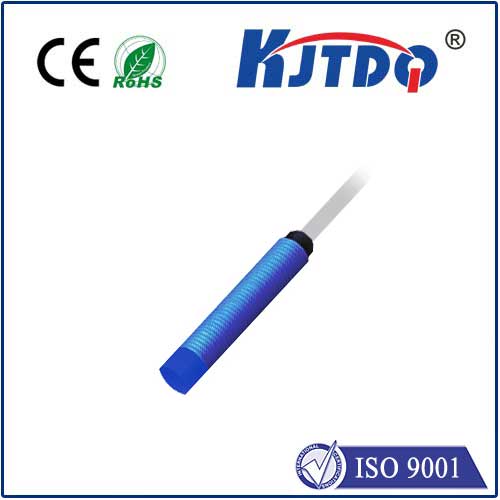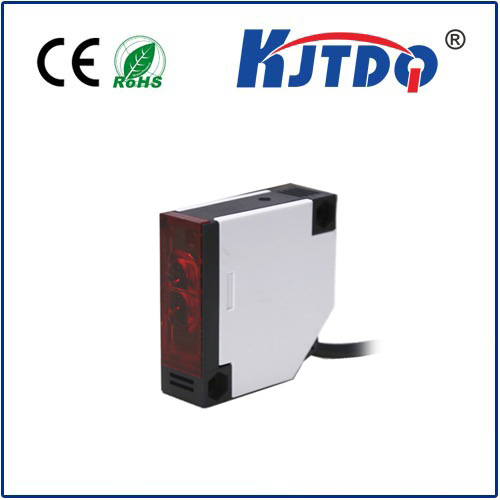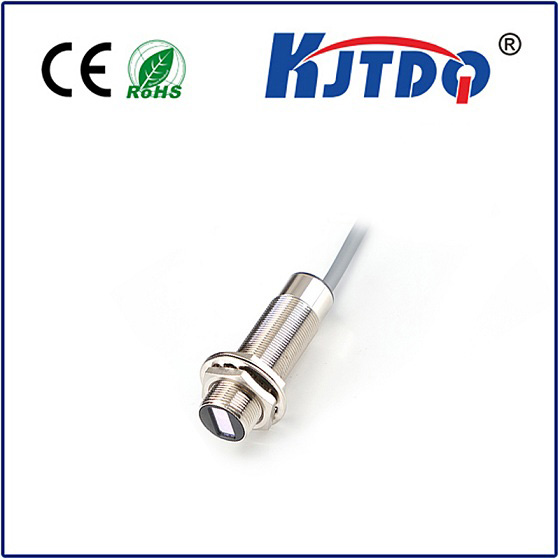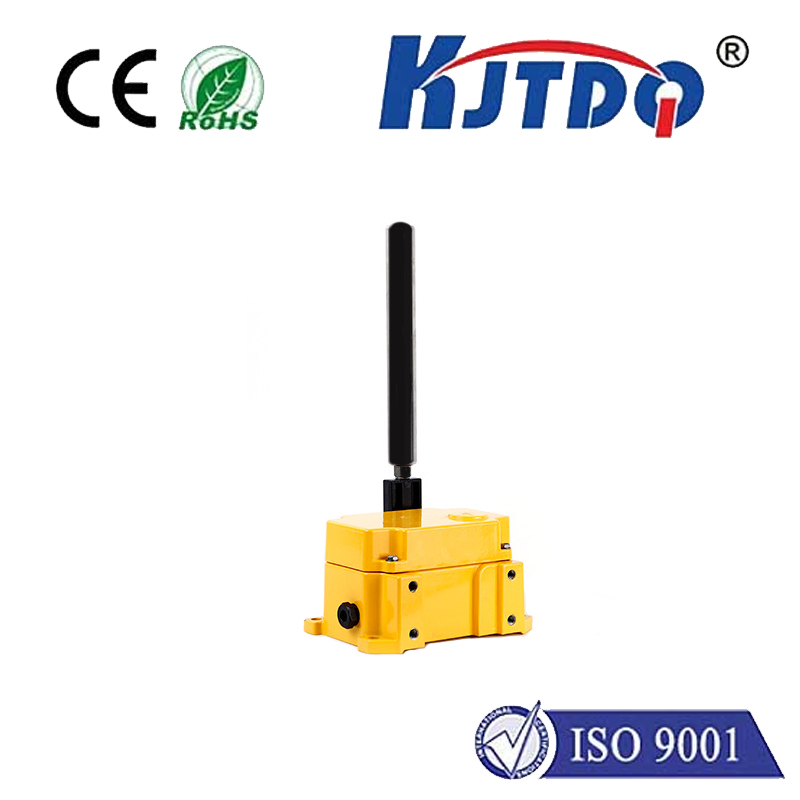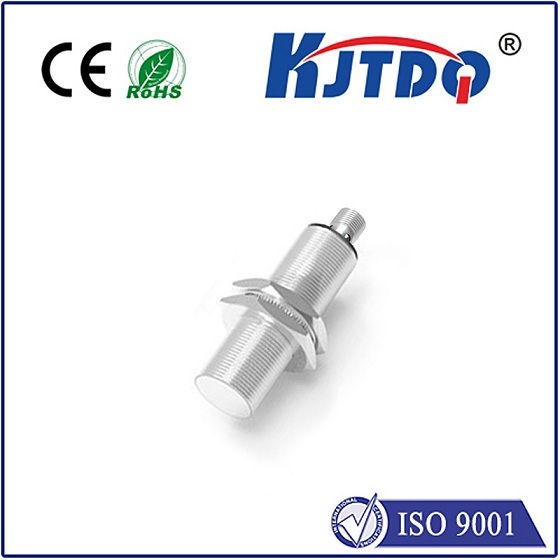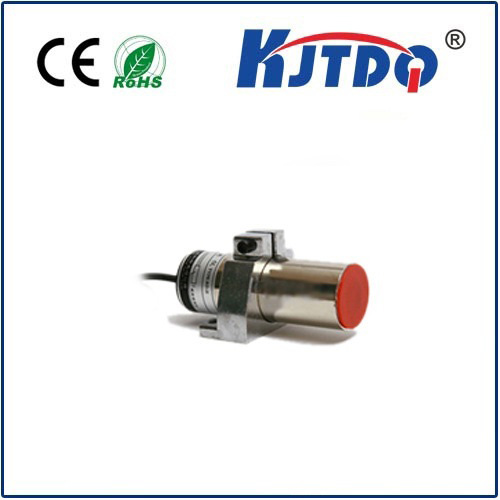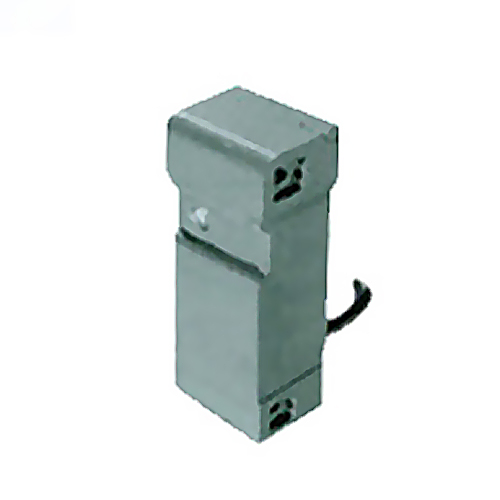Датчик приближения ESP32
- time:2025-07-21 08:35:37
- Нажмите:0
Unlock Touchless Control: Mastering Proximity Sensors with the ESP32
Imagine controlling devices with a wave of your hand, creating invisible security perimeters, or building systems that respond to your simple presence. This isn’t science fiction; it’s the readily accessible reality unlocked by combining proximity sensors with the versatile ESP32 microcontroller. Whether you’re a hobbyist, an IoT developer, or an engineer prototyping the next smart device, understanding how to leverage proximity sensing on the ESP32 opens a world of interactive and efficient possibilities.
Proximity sensors are electronic workhorses designed to detect the presence or absence of nearby objects without physical contact. They work on various principles, each suited to specific applications:
- Infrared (IR) Proximity Sensors: These emit infrared light and measure the reflection intensity. Objects closer reflect more light, allowing distance estimation. Common, cost-effective, but can be affected by ambient light and object color. Perfect for simple presence detection in controlled environments.
- Ultrasonic Sensors: Emit high-frequency sound pulses and measure the echo’s return time. Calculate distance based on the speed of sound. Excellent for longer ranges (centimeters to meters) and unaffected by light or color, but sensitive to soft materials and varying temperature/humidity. Ideal for parking sensors, obstacle avoidance robots, and liquid level detection.
- Capacitive Proximity Sensors: Detect changes in an electrical field around the sensor. When an object (especially conductive, but also dielectric) enters this field, it alters the capacitance. Can detect through non-conductive materials like plastic or glass. Widely used in touchscreens, touchless faucets, and detecting objects behind barriers.
- Inductive Proximity Sensors: Specifically detect metallic objects using a magnetic field. Only sense ferrous materials. Common in industrial automation for metal detection.
So, why pair these sensors with the ESP32? This powerhouse microcontroller isn’t just another Arduino alternative; it’s a feature-rich platform uniquely poised to elevate proximity sensing projects:
- Dual-Core Processing & High Speed: The ESP32 handles complex sensor data processing (like time-of-flight calculations for ultrasonics or signal filtering) effortlessly alongside Wi-Fi/Bluetooth tasks, ensuring responsive performance.
- Integrated Wi-Fi and Bluetooth (Classic & Low Energy): This is the game-changer. Instantly add remote monitoring, control via smartphone apps, cloud data logging (IoT), or wireless notifications to your proximity sensor project. Detect an intruder? Receive an alert on your phone. Track occupancy? Send data to the cloud for analysis.
- Rich Peripheral Set: Ample GPIO pins, ADCs (Analog-to-Digital Converters) for analog sensors, pulse counters for encoders often integrated with sensors, and hardware timers provide direct and flexible interfaces for virtually any proximity sensor type.
- Ultra-Low Power Modes: For battery-powered applications (like wireless motion detectors or touchless switches), the ESP32’s deep sleep capabilities are crucial. The sensor can function as the “wake-up” source, allowing the system to sip minimal power until detection occurs.
- Vast Community & Ecosystem: Extensive libraries (like
NewPing for ultrasonics), detailed documentation, and a massive online community make finding code examples, tutorials, and troubleshooting help remarkably easy.
Implementing a Proximity Sensor with Your ESP32: The process is remarkably straightforward. Most proximity sensors require just a few connections:
- Power (VCC & GND): Connect to the ESP32’s 3.3V (or 5V if the sensor requires it and the ESP32 board has a regulator) and GND pins. Crucially, always check the sensor’s voltage requirements!
- Signal Output:
- Digital Output: Many IR or inductive sensors provide a simple HIGH/LOW signal indicating presence/absence within a set range. Connect directly to an ESP32 GPIO pin. Use
digitalRead().
- Analog Output: Some IR sensors output a variable voltage proportional to distance. Connect to an ESP32 ADC pin (e.g., GPIO32, GPIO33, GPIO34, GPIO35, GPIO36, GPIO39 on most boards). Use
analogRead() and potentially calibrate.
- Pulse-Based Output (Ultrasonic): Requires one pin to trigger the pulse (
digitalWrite(HIGH) then LOW) and another to read the echo pulse duration (pulseIn() or specialized libraries).
Common Applications & Project Ideas:
The ESP32 proximity sensor combo excels in countless scenarios:
- Touchless Interfaces: Wave your hand to turn on lights, control music volume, navigate menus. Enhance hygiene and create a futuristic feel.
- Smart Home Automation: Automatic lighting control based on room occupancy. Activate appliances only when someone is nearby, saving energy. Proximity-triggered security cameras or alarms.
- Intrusion Detection & Security: Create invisible tripwires using IR beams or ultrasonic sensors. Detect movement near valuables or entry points.
- Occupancy Monitoring: Track people/objects in specific areas (e.g., desks, meeting rooms) for space utilization analytics or resource allocation.
- Robotics & Drones: Obstacle avoidance, precise docking, object following.
- Промышленная автоматизация: Detecting parts on a conveyor belt, monitoring machine guarding zones, liquid level sensing.
- Innovative Art Installations: Interactive exhibits triggered by audience proximity.
Key Considerations for Success:
- Sensor Selection: Match the sensor type (IR, Ultrasonic, Capacitive, Inductive) to your specific range, object material, and environmental conditions (light, sound interference, temperature).
- Calibration & Filtering: Sensors can be noisy. Implement software filtering (simple averaging, median filters) or calibrate thresholds in your ESP32 code for reliable detection.
- Power Management: For battery projects, aggressively use the ESP32’s deep sleep modes (
esp_deep_sleep_start()), waking only when the sensor detects something (often achievable using GPIO interrupts).
- Community Resources: Leverage Arduino IDE or ESP-IDF libraries (
NewPing, CapacitiveSensor, manufacturer-specific libraries) to simplify integration.
Combining proximity sensing technology with the wireless power and processing muscle of the ESP32 transforms simple detection into intelligent interaction and connected intelligence. From adding a touchless switch to your desk lamp to building complex occupancy-aware building systems, this powerful duo provides an accessible, cost-effective, and incredibly flexible platform. The ability to connect proximity sensor to ESP32 modules easily and add Wi-Fi/BT connectivity unlocks a new dimension in smart device development. Dive into ESP32 proximity sensor tutorials, explore the capabilities, and start building the responsive, touchless future today.


